5 Things You Should Know When Your Cholesterol Is High
Cholesterol seems to be a buzzing topic, with a bit of an over-emphasis – borderlining obsession.
Before we jump into busting some myths, let’s make sure we’re on the same page when it comes to what exactly cholesterol is.
Myth #1: “Cholesterol” is cholesterol
While cholesterol is an actual molecule, what it is bound to, while it’s floating through your blood is what’s more important – than just how much of it there is overall. In fact, depending on what it’s combined with can have opposite effects on your arteries and heart. Yes, opposite!
So cholesterol is just one component of a compound that floats around your blood. These compounds contain cholesterol as well as fats and special proteins called “lipoproteins”.
They’re grouped into two main categories:
- HDL: High Density Lipoprotein (AKA “good” cholesterol) that “cleans up” some of those infamous “arterial plaques” and transports cholesterol back to the liver.
- LDL: Low Density Lipoprotein (AKA “bad” cholesterol) that transports cholesterol from the liver (and is the kind found to accumulate in arteries and become easily oxidized hence their “badness”).
And yes, it is even more complicated than this. Each of these categories is further broken down into subcategories which can also be measured in a blood test.
So “cholesterol” isn’t simply cholesterol because it has very different effects on your body depending on which other molecules it’s bound to in your blood, as well as their size and type and what it is actually doing there.
Myth #2: Cholesterol is bad
Cholesterol is absolutely necessary for your body to produce critical things, like vitamin D when your skin is exposed to the sun, your sex hormones (e.g. estrogen and testosterone), as well as bile to help you absorb dietary fats. Not to mention that it’s incorporated into the membranes of your cells.
Talk about an important molecule!
The overall amount of cholesterol in your blood (AKA “total cholesterol”) isn’t nearly as important as how much of each kind you have in your blood.
While way too much LDL cholesterol as compared with HDL (the LDL:HDL ratio) may be associated with an increased risk of heart disease it is absolutely not the only thing to consider for heart health.
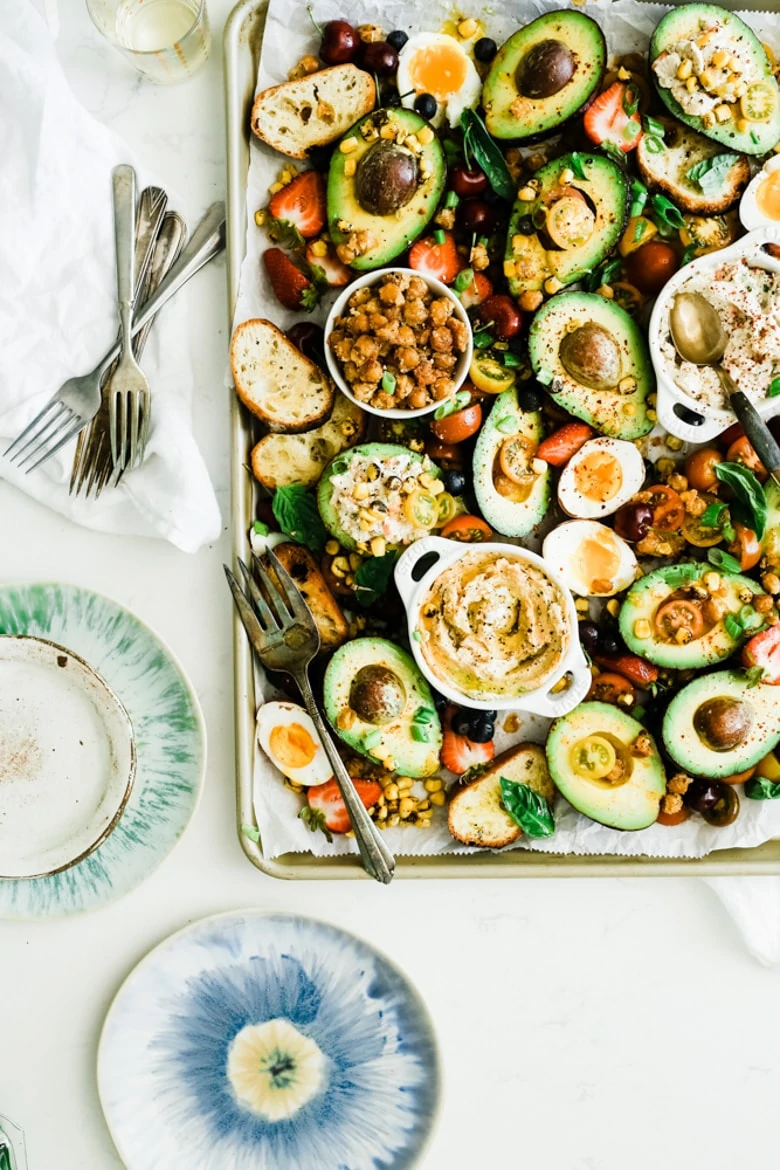
Myth #3: Eating cholesterol increases your bad cholesterol
Most of the cholesterol in your blood is made by your liver. It’s actually not from the cholesterol you eat. Why do you think cholesterol medications block an enzyme in your liver (HMG Co-A reductase, to be exact)? ‘Cause that’s where it’s made!
What you eat still can affect how much cholesterol your liver produces. After a cholesterol-rich meal your liver doesn’t need to make as much.
Myth #4: Your cholesterol should be as low as possible
As with almost everything in health and wellness, there’s a balance that needs to be maintained. There are very few extremes that are going to serve you well.
People with too-low levels of cholesterol may have increased risk of death from other non-heart-related issues, like certain types of cancers, as well as suicide.
We commonly hear that a high level of LDL in blood increases risk of plaque formation (that cause blockages) inside arteries – raising risk of a heart attack. Conversely, the lower the LDL level, the lower the risk of heart attack.
This is a simplistic and incomplete picture.
It’s not just the total amount of LDL cholesterol that should be of concern, but also the type and size of the LDL particle. Research indicates that those whose LDL particles are predominantly small and dense, have a significantly greater risk of cardiovascular disease, whereas the large and fluffy type of LDL may actually be protective.
It’s a similar story with HDL cholesterol. Commonly perceived as the “good” type, HDL cholesterol acts like a scavenger, and removes harmful LDL cholesterol, by transporting it to the liver for processing. But we’re finding out, that the size of the HDL particle is of significance as well. This research indicates that women who had larger HDL particles had a higher risk of atherosclerosis, versus those who had smaller HDL particles.
Size really matters when it comes to cholesterol.
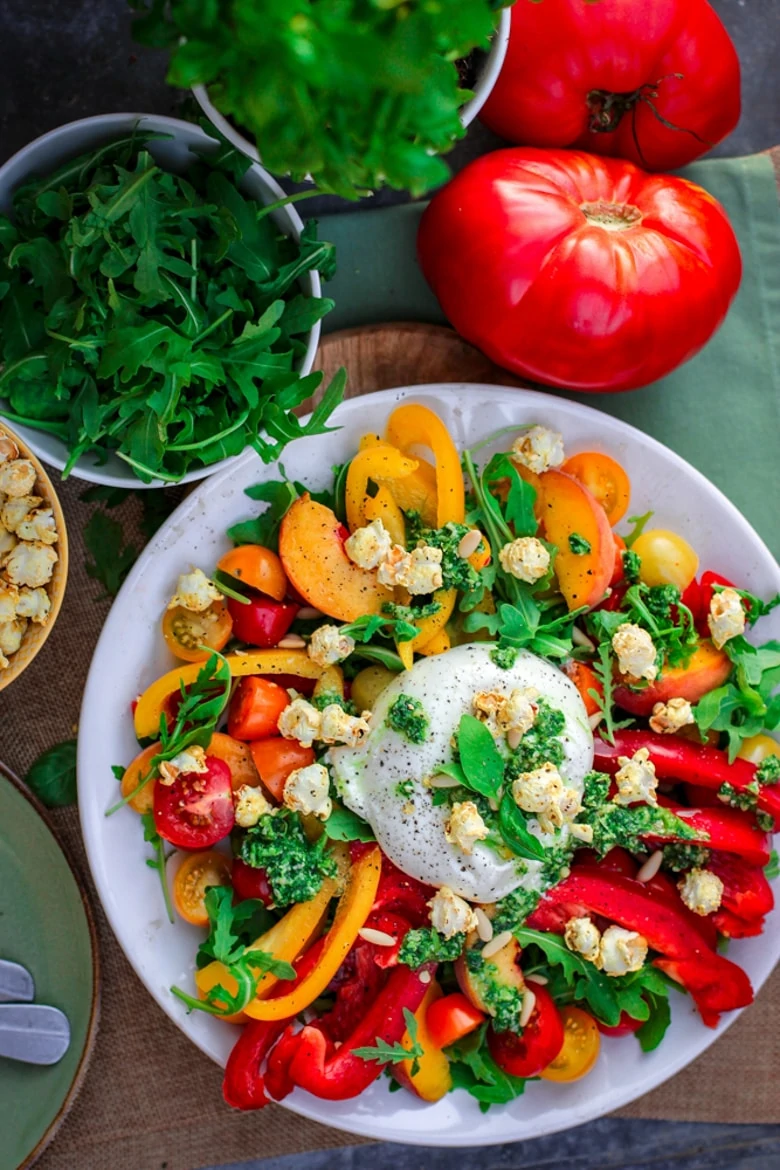
Myth #5: Drugs are the only way to get a good cholesterol balance
Don’t start or stop any medications without talking with your doctor.
And while drugs can certainly lower the “bad” LDL cholesterol they don’t seem to be able to raise the “good” HDL cholesterol all that well.
Guess what does?
Nutrition and exercise.
One of the most impactful ways to lower your cholesterol with diet is to eat lots of fruits and vegetables. Every day.
According to this research, five servings a day (about two-and-a-half cups) appears to slightly lower your risk of heart attack and stroke. BUT pump it up to 10 servings a day, and you may lower your risk of cardiovascular disease by 28% and your risk of premature death by 31%. Simply extraordinary.
And don’t worry, the recipe below should help you add at least another salad to your day.
You can (should?) also exercise, strive for a healthy weight, stop smoking, and eat better quality fats. That means nuts and seeds, fatty fish, avocados and olive oil. Ditch those over-processed hydrogenated “trans” fats.
The science of cholesterol and heart health is complicated and we’re learning more every day. You may not need to be as afraid of it as you are. And there is a lot you can do from a nutrition and lifestyle perspective to improve your cholesterol level.
Recipe: Kale Salad With Spicy Roasted Chickpeas
Video
Ingredients
- ⅓ cup spicy herb avocado dip, https://shahzadidevje.com/herb-avocado-dip-chutney-gluten-free-vegan-healthy/
- 2 cups cooked chickpeas, drained, rinsed, patted dry
- 2 tsp olive oil, extra virgin
- ⅛ tsp turmeric powder
- ½ tsp cumin powder
- 1 tsp paprika
- ¼ tsp chilli flakes, red
- ½ tsp salt, sea salt
- 1 bunch kale, large bunch, stems removed, washed, dry
- 2 tbsp dried cranberries
Equipment
- blender
Instructions
- Prepare the avocado-herb dip: https://shahzadidevje.com/recipe/herb-avocado-dip-chutney-gluten-free-vegan-healthy/
- Preheat oven to 400 degrees F (190 C)
- Add drained chickpeas to a mixing bowl and pat dry
- Add oil, turmeric, cumin, paprika, red chilli flakes and salt. Toss and mix well
- Place seasoned chickpeas on a baking tray lined with parchment paper and roast for 20 minutes or until the chickpeas are golden.
- Tear the kale leaves from stems and place in a large bowl
- Add avocado dip to the leaves
- With clean hands, massage kale to work in the dip. The leaves should start glistening
- Taste and adjust seasoning with more dip(if desired)
- Add the roasted spicy chickpeas and finish with dried cranberries. Best served cold.
Notes
- Add the avocado dip to the kale and let it soak in for a few minutes to soften the kale slightly before serving
- Add more or less dip as desired
- You can add different herbs and spices to the chickpeas as you like
- This salad will store well in the fridge for 1-2 days
- If serving for dinner try adding some grilled veggies or tofu
Nutrition Information:
Keep in mind that the nutritional values provided are approximations and suggestions, and might fluctuate depending on ingredient variations, portion sizes, and recipe adjustments. This nutrition facts table cannot account for your individual needs. Your body — including your hunger and satiety cues — change daily. It’s perfectly fine to eat more or less on different days. Instead of letting food guilt take over, consider mindful eating.
* Percent Daily Values are based on a 2000 calorie diet.
References
https://www.health.harvard.edu/topics/cholesterol
https://www.ncbi.nlm.nih.gov/pmc/articles/PMC5441126/
https://www.ahajournals.org/doi/abs/10.1161/ATVBAHA.118.311017


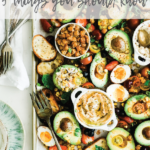
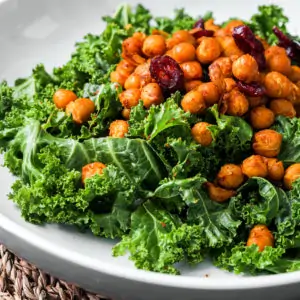

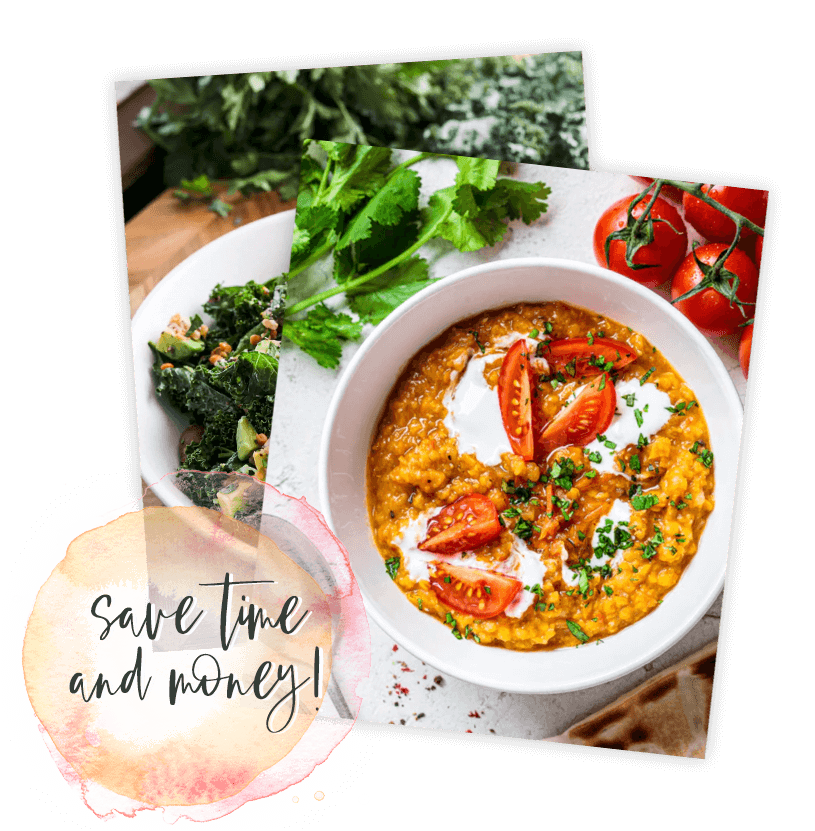


Very interesting post Shahzadi and great recipe! Thank you for sharing your knowledge with us!
Hugs,
Mary
Hi Mary,
this made my day, thank you so much. Am happy it was helpful and it’s always a pleasure xx